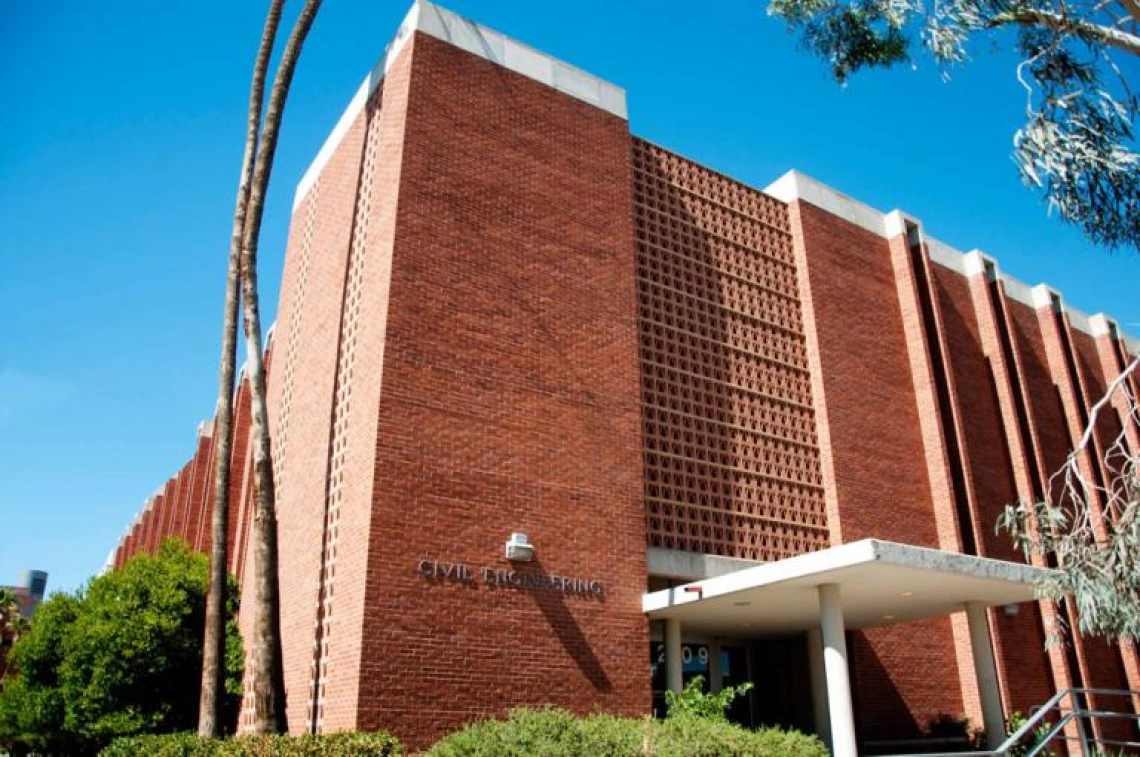Massive AZ Environmental Project Improves Air Quality

One of the largest projects in AZ during the recession has finally reached completion. Many UofA engineering grads were involved such as –Mike Hummel EE, Greg Adams, EE and Gary Barras, CE. Retired SRP employees Dave Areghini, CE and Bill Rihs, ME were also involved. Sundt Construction was a key contractor, CAID fabricated piping and Schuff Steel fabricated steel for this job. The following is the recent press release for completion of this project.
Click here to read the press released article.
Massive AZ Environmental Project Improves Air Quality
$470 Million Project at SRP’s Largest Source of Electricity Now Complete
A $470 million dollar effort to further reduce emissions from the Salt River Project’s largest single generator of electricity is now complete. On May 1, the last component of the project – selective catalytic reduction technology (SCR) – to lower nitrogen oxide (NOx) emissions from the Coronado Generating Station in St. Johns became operational.
The project was a result of a 2008 agreement between SRP and the U.S. Environmental Protection Agency to improve regional air quality by installing equipment and systems to remove additional emissions of NOx and sulfur dioxide (SO2) from CGS.
The new controls not only further reduce SO2 and NOx emissions from the plant, but also address mercury emissions.
“CGS is a critical component of SRP’s fleet of generating facilities that provide affordable and reliable electricity to our customers 24 hours a day,” said CGS manager Dan Bevier. “Now we will be able to achieve this goal and significantly reduce emissions.”
CGS, owned and operated by SRP, uses coal as a fuel to generate electricity from two 400-megawatt units for SRP customers in the greater Phoenix metropolitan area. Completed in 1980, the plant was equipped with then state-of-the-art emission controls including partial flow scrubbers for SO2 reductions and electrostatic precipitators for particulate matter reduction.
The environmental improvement project included the installation of low NOx burners on each of the two units – one in 2009 and the other in 2011. Additionally, SRP constructed new 100 percent flow SO2 removal systems on each of the units – one in 2011 and one in 2012. The project was completed when the SCR on unit 2 was installed and became operational on May 1.
According to SRP senior project manager Gary Barras, the environmental improvement effort at CGS was one of the largest construction projects in Arizona and involved nearly 3,000 workers and contractors at a time when the state was in the midst of the great recession. Barras said the project team completed each phase of work on-schedule and with an outstanding safety record.
The project also included the construction of two new 400-foot concrete exhaust stacks, two 22,000-square-foot multi-level absorber buildings and required more than 4,000 individual pieces of equipment. In addition, more than 29,000 cubic-yards of concrete, nearly 8,000 tons of ductwork and structural steel and more than a million feet of new conductor were needed. The project team also coordinated a global supply chain of consultants and specialized equipment manufacturers located on four major continents.
In addition to installing enhanced emission controls at CGS and as part of the agreement with EPA, SRP funded $4 million in several supplemental environmental projects including installing 100 to 200-kilowatt solar photovoltaic systems at public schools, upgrading emission controls on school buses and replacing wood-burning stoves with clean-burning wood pellet stoves. All of the supplemental environmental projects are contributing to cleaner air in the communities near CGS and in metropolitan Phoenix.
SRP is the largest provider of electricity to the greater Phoenix metropolitan area, serving more than 985,000 customers.
